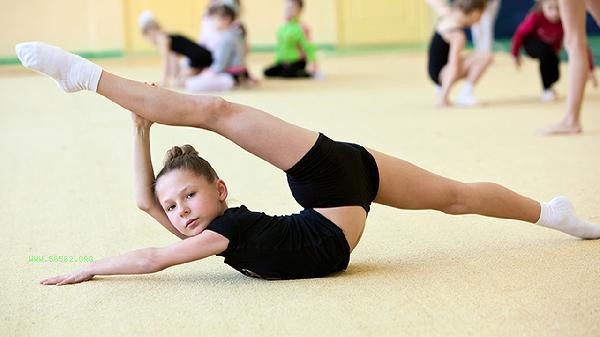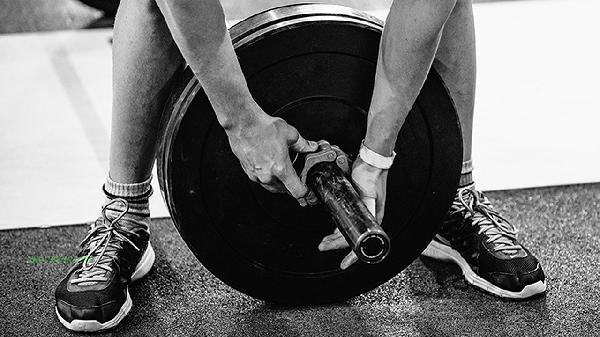The correct method of fitness breathing needs to be adjusted according to the type of exercise, mainly including abdominal breathing, synchronous breathing, asynchronous breathing, tile breathing, restorative breathing, etc.

1. Abdominal Breathing
Abdominal breathing is suitable for low-intensity aerobic exercise or warm-up stages, allowing the abdomen to naturally rise and fall through diaphragm contraction. When inhaling, the abdomen bulges, and when exhaling, the abdominal muscles slowly contract to help stabilize the core and improve oxygen utilization. Yoga, Pilates, and other exercises that emphasize control are particularly suitable for reducing shoulder and neck compensation.
2. Synchronized breathing
Synchronized breathing refers to movements that match the rhythm of breathing, such as exhaling when exerting force and inhaling when relaxing during strength training. For example, exhaling when standing up in a deep squat and inhaling when squatting; Exhale when lifting the barbell during bench press, and inhale when falling. This mode can maintain stable chest pressure and reduce vascular burden.
3. Non synchronous breathing
Non synchronous breathing is used for high-intensity interval training or explosive movements, such as rapid shallow breathing during sprinting or jumping. During exercise, the respiratory rhythm is not deliberately controlled, and the oxygen supply needs are met through instinctive reactions, but the respiratory rate needs to be actively adjusted during inter group rest.

4. Vat Breathing
Vat breathing is a special technique for heavy weight training, which involves inhaling, holding your breath to complete the movement, and then exhaling. It is commonly used in hard pulls and squats. By increasing intra-abdominal pressure to protect the spine, but it may cause a sudden increase in blood pressure, cardiovascular disease patients should avoid it.
5. Recovery Breathing
Recovery breathing is used for relaxation after exercise, using deep inhalation followed by slow exhalation, with a ratio controlled at 1:2 or above. Can be combined with stretching exercises to reduce heart rate and promote lactate metabolism. Side abdominal breathing after swimming and rhythmic breathing after running belong to this category.

Fitness breathing needs to be adjusted based on individual cardiovascular function. Beginners should start practicing abdominal breathing with low-intensity exercise and gradually adapt to different modes. Strength training should avoid holding your breath for too long, and aerobic exercise should maintain a uniform rhythm. If dizziness occurs during exercise, stop immediately and adjust breathing. Daily exercises such as balloon blowing and pursed lip breathing can enhance respiratory muscle groups, improve athletic performance, and reduce the risk of sports injuries.






Comments (0)
Leave a Comment
No comments yet
Be the first to share your thoughts!